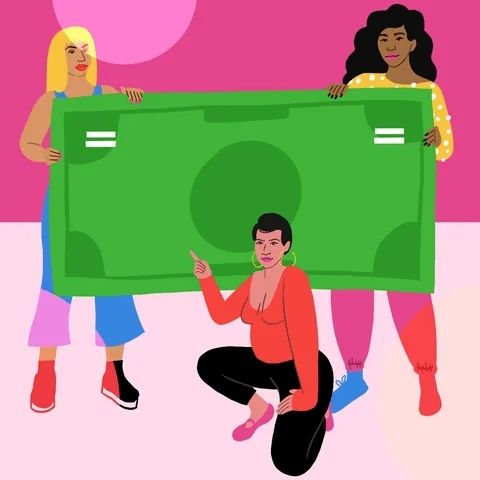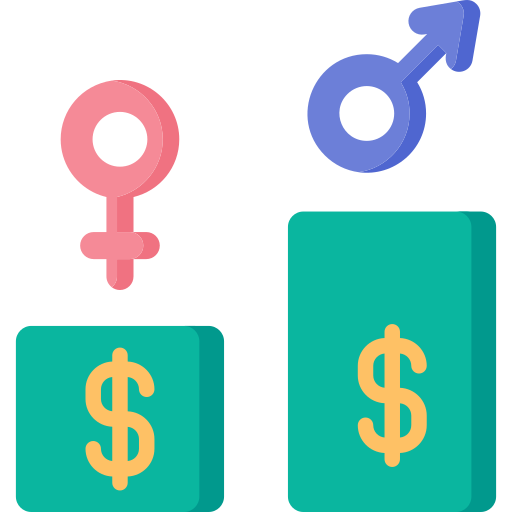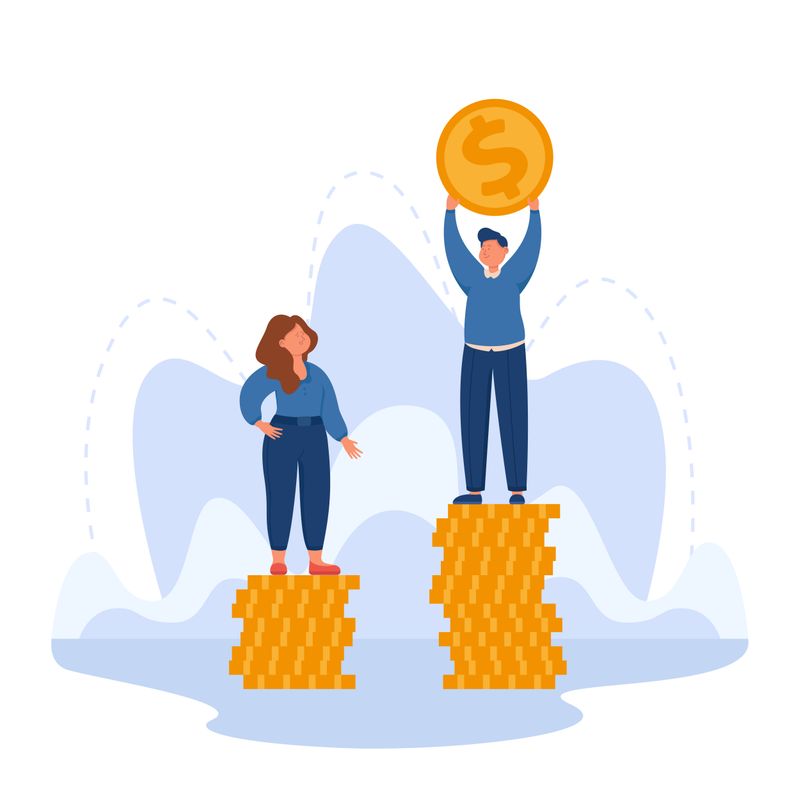
This logo isn't an ad or affiliate link. It's an organization that shares in our mission, and empowered the authors to share their insights in Byte form.
Rumie vets Bytes for compliance with our
Standards.
The organization is responsible for the completeness and reliability of the content.
Learn more
about how Rumie works with partners.

Did you know that women working full time in the US earn 82 cents for every dollar earned by a full-time working man?
So are we talking about a fight over just 18 cents?
Well...not really. Instead, we're talking about how:
women consistently get paid less than men worldwide — only 70 percent of what they work for compared to their male counterparts
this wage gap widens when talking about women of color
most women around the world remain vulnerable to this pay divide throughout their lives
this results in fewer savings, less social security, and even lower pension percentage for women compared to men

Did you know?
What is the gender pay gap?

The gender pay gap refers to the average difference that exists between the annual earnings of men and women working in all the job sectors and industries.
Despite a large percentage of women joining the formal workforce and job market in recent years, positions and jobs held by most women are not widely recognized.
How does it work?
The global wage inequity around the world demonstrates that there are significant flaws present in the system.
What kind of flaws?
Well, the money to run global capital primarily comes from two streams: the industrial and the service sectors. And who controls the influx of capital in these two streams? Predominantly, men.
You can view it as a system that was created for the men, by the men themselves.
This inherently allows the gender gap to grow since the traditional sexist and chauvinist system that was established decades ago still resides within the structure of capital.
Quiz
What factors influence the pay gap? Select all that apply.
Unfortunately, the simple truth is that pay inequity is not just bound to gender discrimination. In fact, it's influenced by many societal factors such as, but not limited to, residence status, sexual identity, and even marital status.
Why does the gap still exist?
The gender pay gap still exists for a variety of reasons.
 It all stems from education. A considerable number of women aren't given the same access to education as men. Hence, only a handful of women qualify for higher paying jobs that demand quality education.
It all stems from education. A considerable number of women aren't given the same access to education as men. Hence, only a handful of women qualify for higher paying jobs that demand quality education. Many women are exposed to fewer work-related/formal employment opportunities compared to men.
Many women are exposed to fewer work-related/formal employment opportunities compared to men. Many hiring departments consciously hire more men for any vacant work position. This demonstrates that discrimination begins from the most basic level i.e., hiring, and eventually makes its way upwards.
Many hiring departments consciously hire more men for any vacant work position. This demonstrates that discrimination begins from the most basic level i.e., hiring, and eventually makes its way upwards. Women are traditionally given the unequal charge of handling other labor such as household chores, children, and family on top of their jobs.
Women are traditionally given the unequal charge of handling other labor such as household chores, children, and family on top of their jobs. Women are often hired for more female-centric jobs and industries that attract low wages compared to most men.
Women are often hired for more female-centric jobs and industries that attract low wages compared to most men.
Take Action

How can you contribute to change when it comes to the gender pay gap?
This Byte has been authored by
Saba Khalid
Founder & CEO at Aurat Raaj
Irum Ansari
Social & Public Policy Researcher
